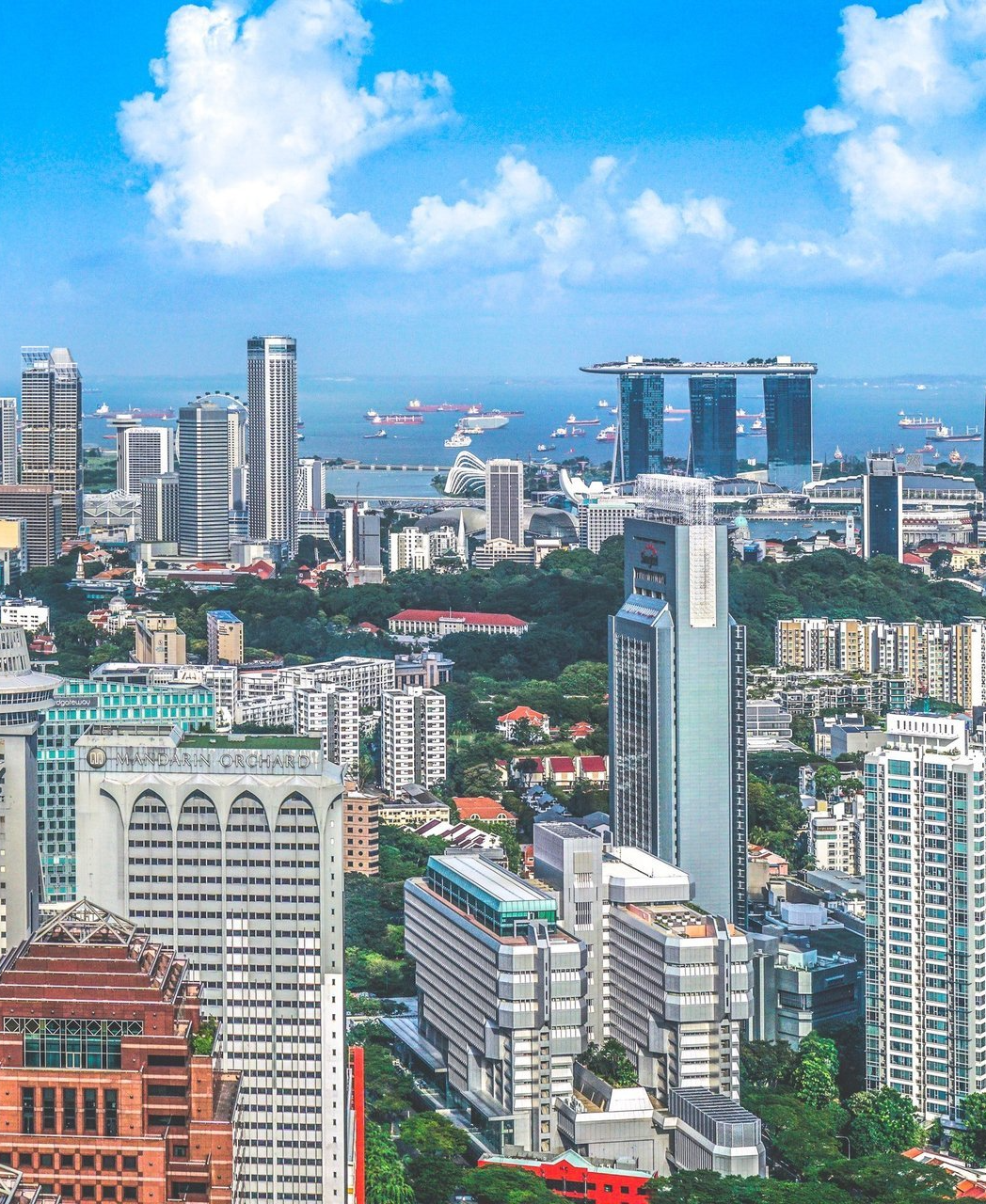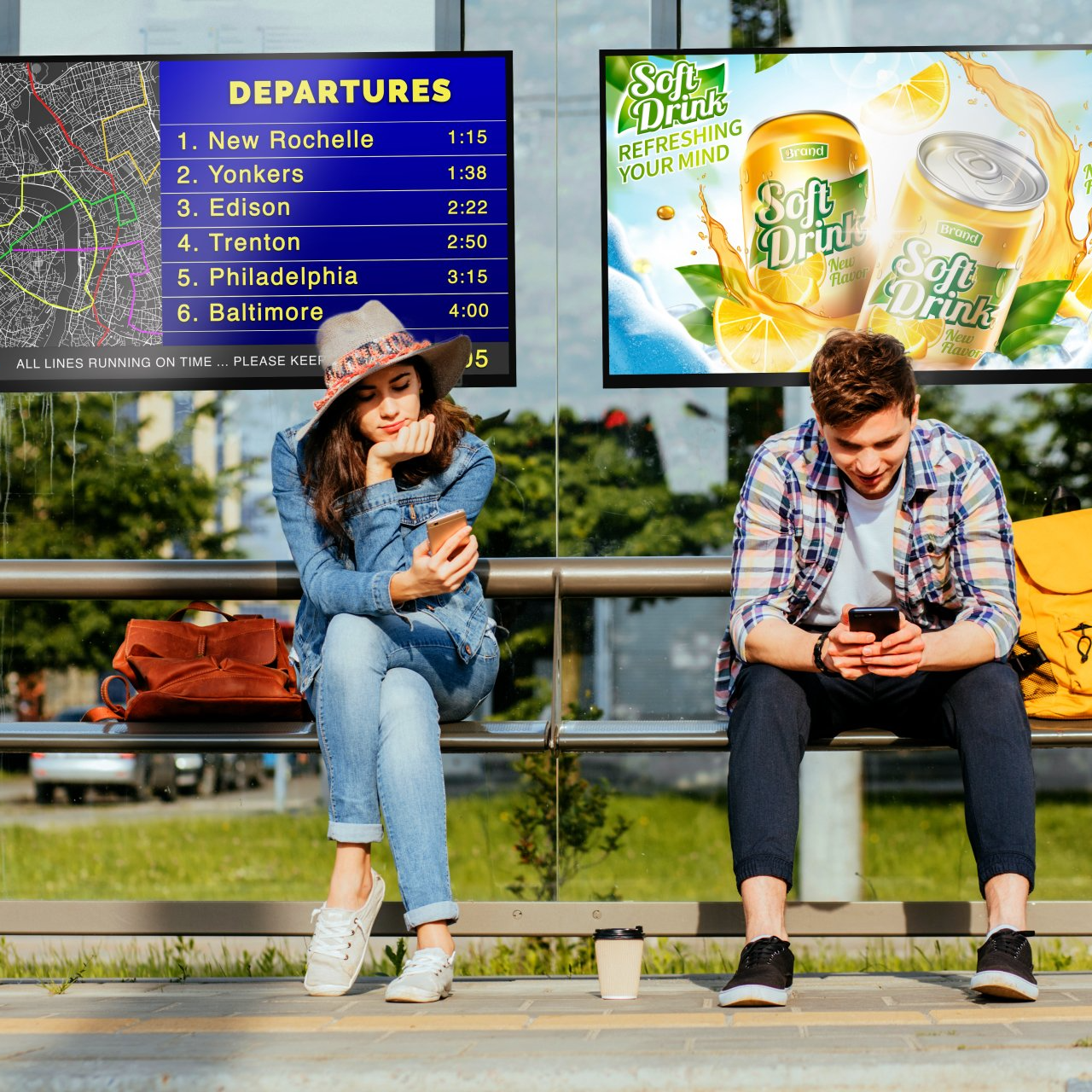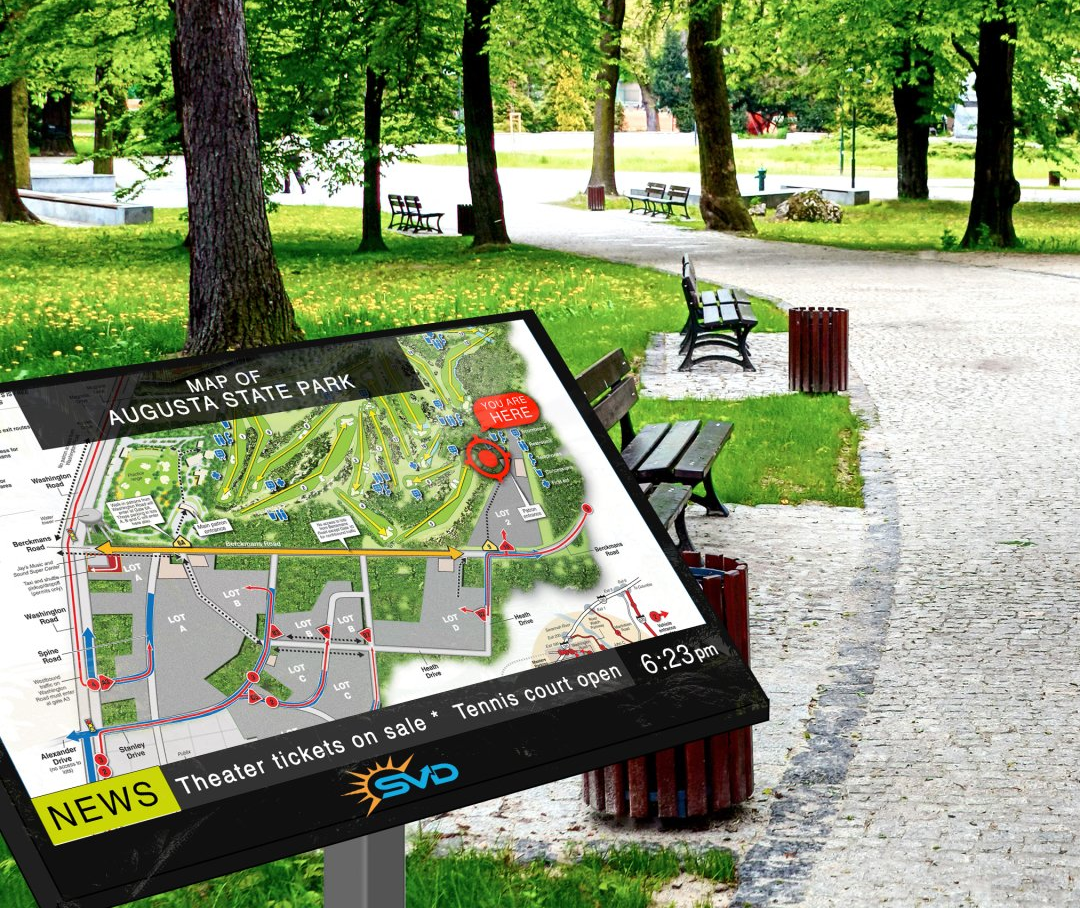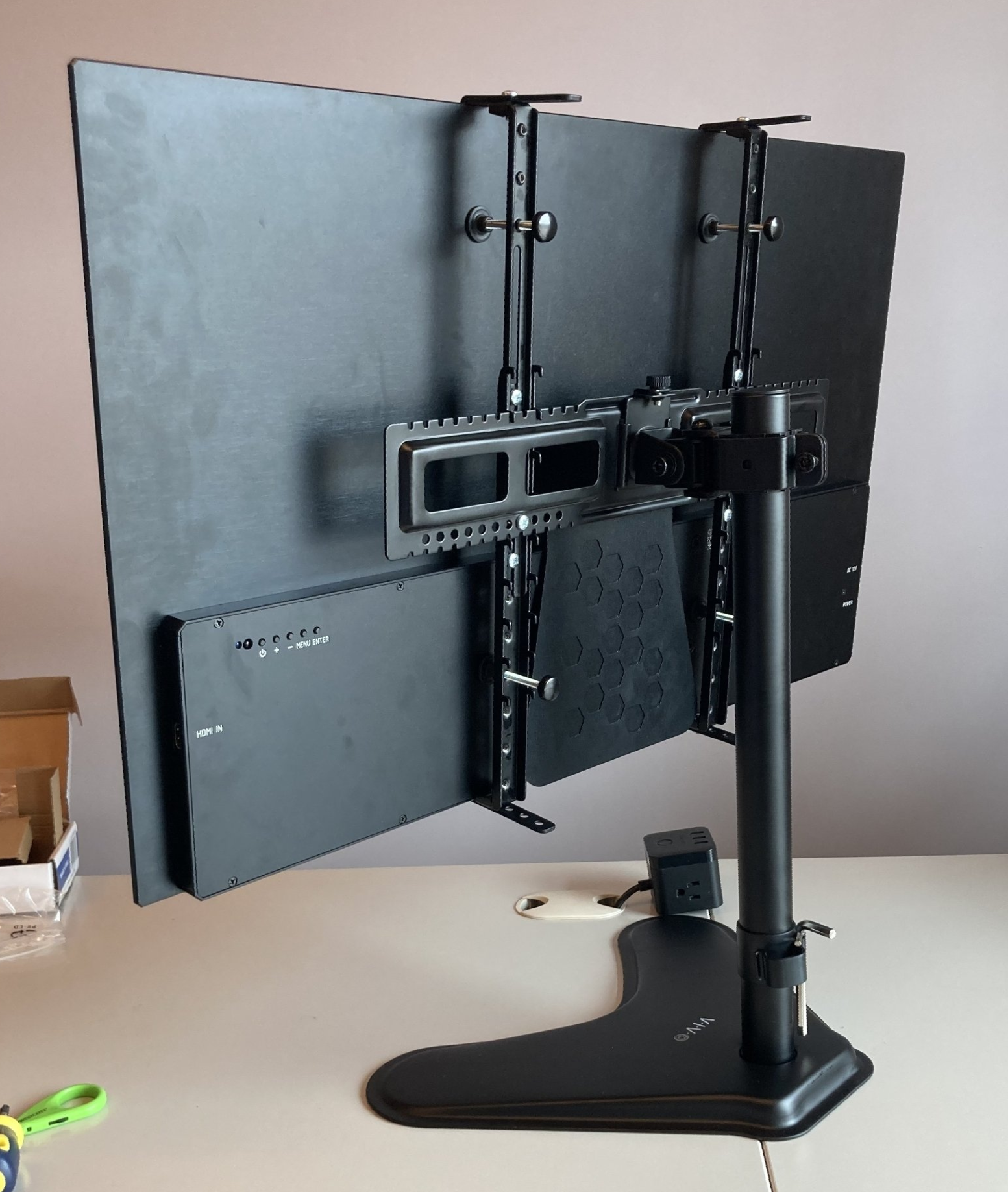How Digital Signage Can Help Smart Cities
As technology continues to advance, we’re seeing more futuristic concepts brought to life. One of these concepts is that of a smart city. While smart cities have been around for a few years, they’re beginning to gain traction as city officials and residents start understanding their implications and benefits. Smart cities have the opportunity to increase overall quality of life, create safer environments, and communicate news or updates instantaneously. To adhere to growing needs within variable infrastructures, here’s how reflective LCD technology can help smart cities.
What Makes a Smart City?
At the most basic sense, a smart city is a city that utilizes different technology to help solve problems and provide unique services. Smart cities can improve efficiency of traffic and transportation, boost overall accessibility, promote safety and security in a community, and negate high carbon emissions.
To do this, cities utilize different digital technology that provides real-time responses so behavioral, industrial, and environmental patterns can be monitored. This is achieved through the integrated network of smartphones combined with unique sensors that are placed around a city. The data travels throughout the Internet of Things (IoT) using high-speed wireless networks. The further rollout of 5G networks can help to vastly increase connectivity, thus creating a more responsive smart city. Once this data is gathered, it’s translated into specific alerts or actions communicated to apps and providers, which are operated by individuals. This gives those who use third-party apps specific information that allows them to make more informed decisions throughout their day. It also provides information to the city on how certain operations could be improved.
As automation and artificial intelligence continue to gain traction, the future benefits of smart cities become even greater.
How Smart Cities Improve Urban Quality of Life
While some people are unsure as to how smart cities would affect their lives, many people are beginning to see their true implications. Smart cities can significantly improve the urban quality of life for residents and visitors alike. In a general sense, by initiating multiple smart city apps, residents could see marked improvements in safety, convenience, environmental quality, individual health, social life, civic presence, job availability, cost of living, and more.
These improvements stem from the ability to gather and analyze data so that more educated decisions are made by both government officials and residents alike. The more IoT technology that’s integrated, the more efficient an infrastructure can become. There are certain cities that are already implementing smart technology. Singapore—the world’s smartest city—has been working towards becoming a Smart Nation to help improve the lives of their citizens.
The Connection Between Smart Cities and Clean, Sustainable Environments
Some people argue that more technology leads to less sustainable environments, but that’s not necessarily the case. In fact, in the instance of smart cities, technology can substantially reduce the negative environmental impact that industrialization has caused. Certain smart city applications have the potential to reduce emissions by up to 10 to 15 percent.
There are also applications that allow residents to better see and assess their water waste, energy usage, and more. The simple act of awareness is surprisingly effective at creating more conservative behaviors that contribute to a more sustainable environment. Smart cities can alert residents and officials to leakages, which contribute to a high amount of water waste. Using simple sensors and data tracking, you can reduce unnecessary waste, improve recycling habits, and limit solid waste volume per household.
Smart cities can give cities insight as to the quality of their air. While the sensors themselves wouldn’t lead to a change in the pollution, they can help people better understand where it’s coming from so that strategic changes can be made. When the information is shared publicly, it can help individuals make informed decisions regarding their health and how to protect themselves from high levels of air pollution throughout the day.
Smart Cities and Their Effect on Social Connectedness
Now, more than ever, people are feeling a need to improve their social connectedness with their neighbors, government officials, friends, and family. Smart cities help to improve this social connectedness through integration on digital platforms and even encourage real-world interactions. This can be done within the public and with the local officials of a community, which goes on to improve communication, quality of life, and satisfaction with government action. Certain smart cities have already taken this type of initiative and give their participants the opportunity to weigh in on issues, take votes, and allocate funding.
How Digital Signage Improves Smart Cities
One aspect of a smart city is providing real-time information to residents and visitors. Rather than requiring a multitude of apps to be downloaded prior to engaging with this information, digital signage can be used strategically throughout the city to help inform and engage people on navigation, weather alerts, perceived wait times, and more. With content that can be updated in real-time across multiple locations, digital signs can help communicate essential messaging. This is beneficial for parks and public spaces such as forest preserves, museums, historical landmarks, city centers, playgrounds, and more.
Digital signs have become essential for public transportation services. They help to improve traveler experience by providing real-time schedule updates, navigation, and more. As a third-party, this is also an unbeatable opportunity for advertising.
How Reflective Color LCD Signs Can Improve Smart Cities
As digital signage gains popularity, new and improved technologies are being developed. One example is the use of reflective color LCD technology. Reflective color LCD displays have been around for decades but were only available in small sizes useful for smaller appliances and devices. Until recently, when LCD manufacturer, New Vision Display, announced availability of its new outdoor digital signage product line, Sun Vision Display.
Sun Vision Display signs are large-format reflective color LCD panels that are an excellent solution to two of the most common challenges encountered by digital signage operators: Sunlight readability and power consumption. Most types of digital signage available today try to achieve sunlight readability by cranking up the brightness – resulting in a hefty electric bill.
Sun Vision Display signs, equipped with reflective color LCD technology, are able to achieve both sunlight readability without using much power at all. They work about the same way as other smaller reflective LCD technologies – just in a larger format. Instead of a backlight, a mirrored layer is installed behind the liquid crystal layer. This mirrored layer reflects ambient light (or sunlight) back to the viewer, illuminating the display. Since the technology used doesn’t rely on a backlight, these digital signs utilize up to 95% less power than high-brightness LCDs. It’s a great money-saving technology that businesses and smart cities can use to greatly improve their energy efficiency.
Sun Vision Display offers high-quality reflective LCD technology to enhance public areas in smart cities and beyond. Our reflective LCD technology offers stunning visuals and operates in a wide range of temperatures. At Sun Vision Display, you no longer have to choose between sunlight readability and low power consumption—you can have both! To learn more about how reflective LCD technology can improve smart cities and marketing efforts, contact the professionals at Sun Vision Display today at 224-268-3343.
